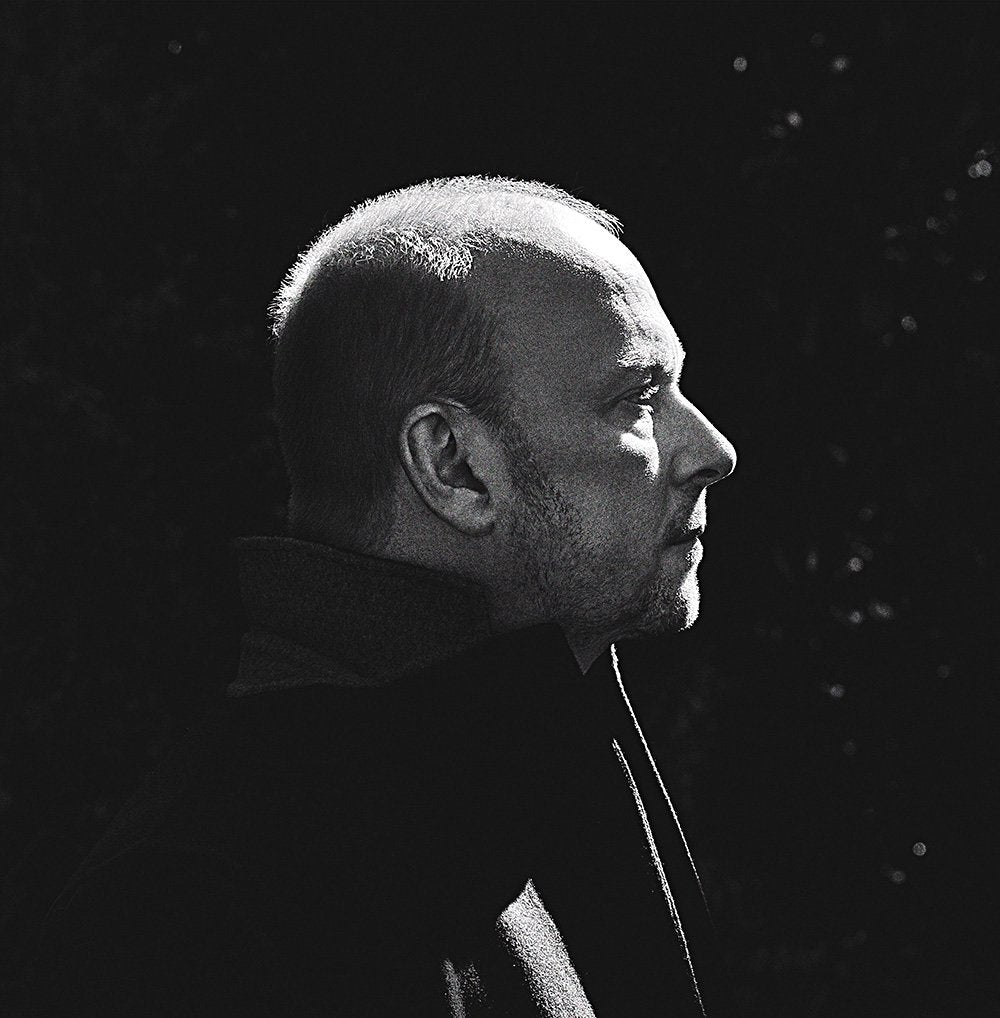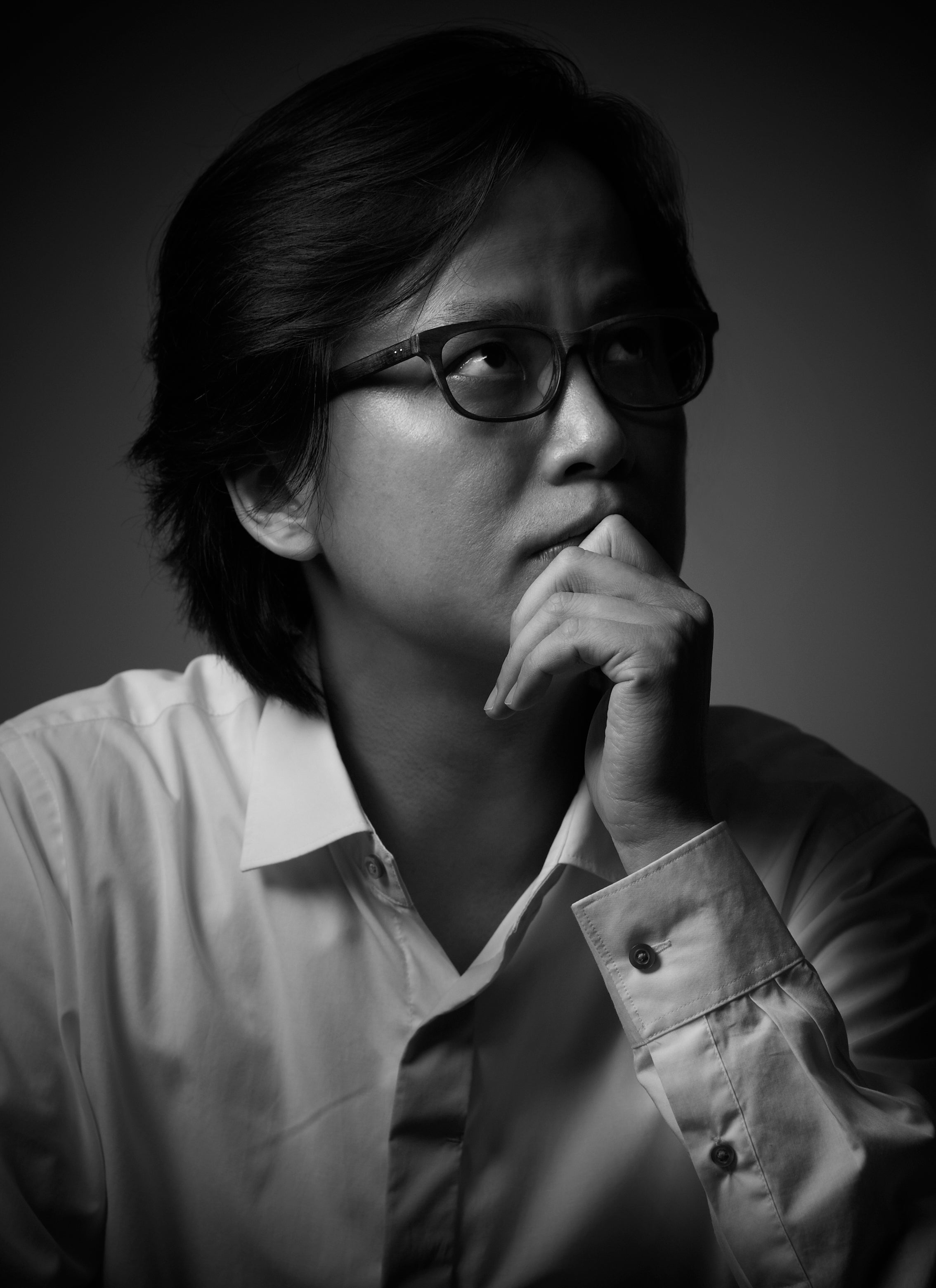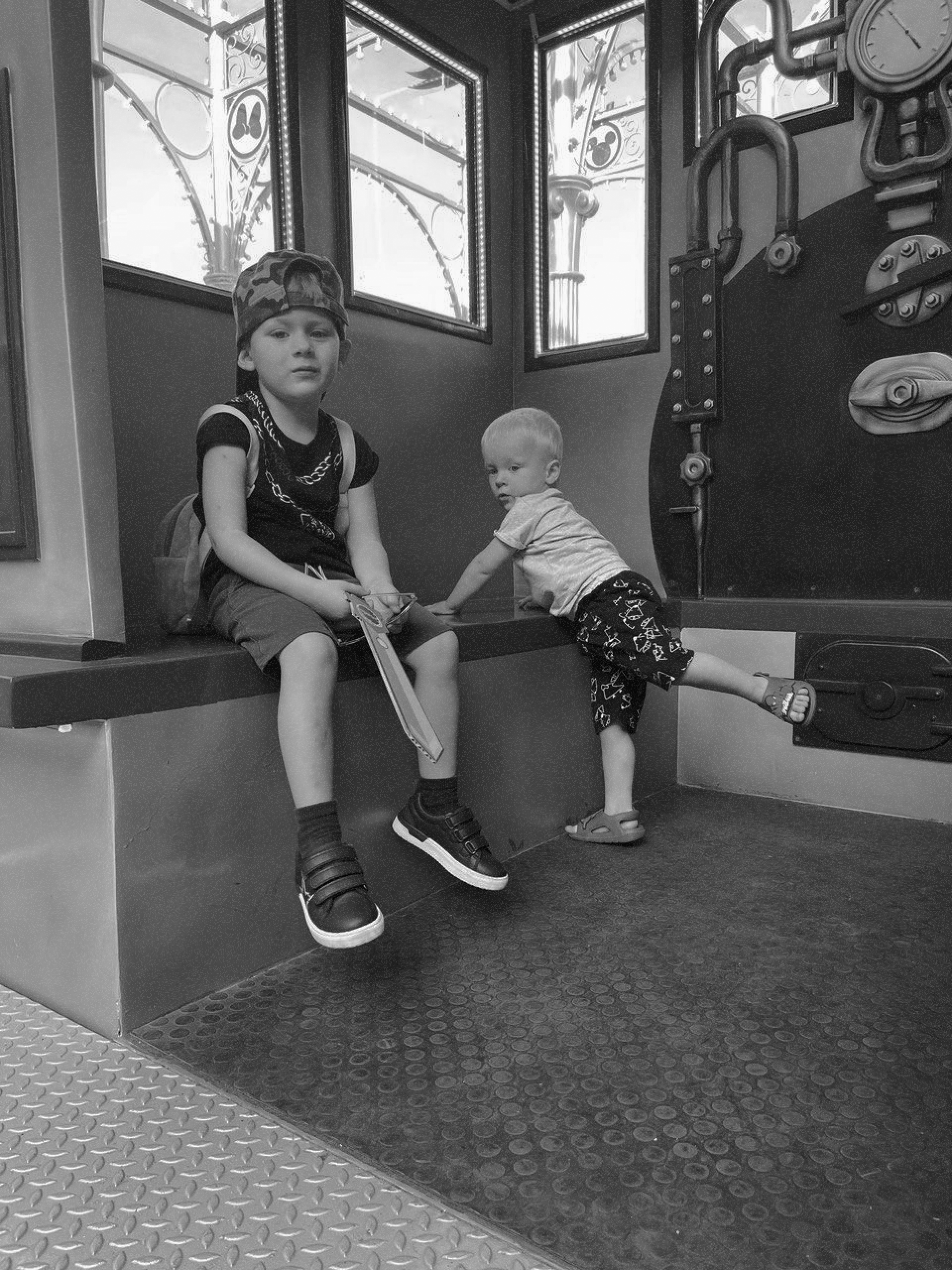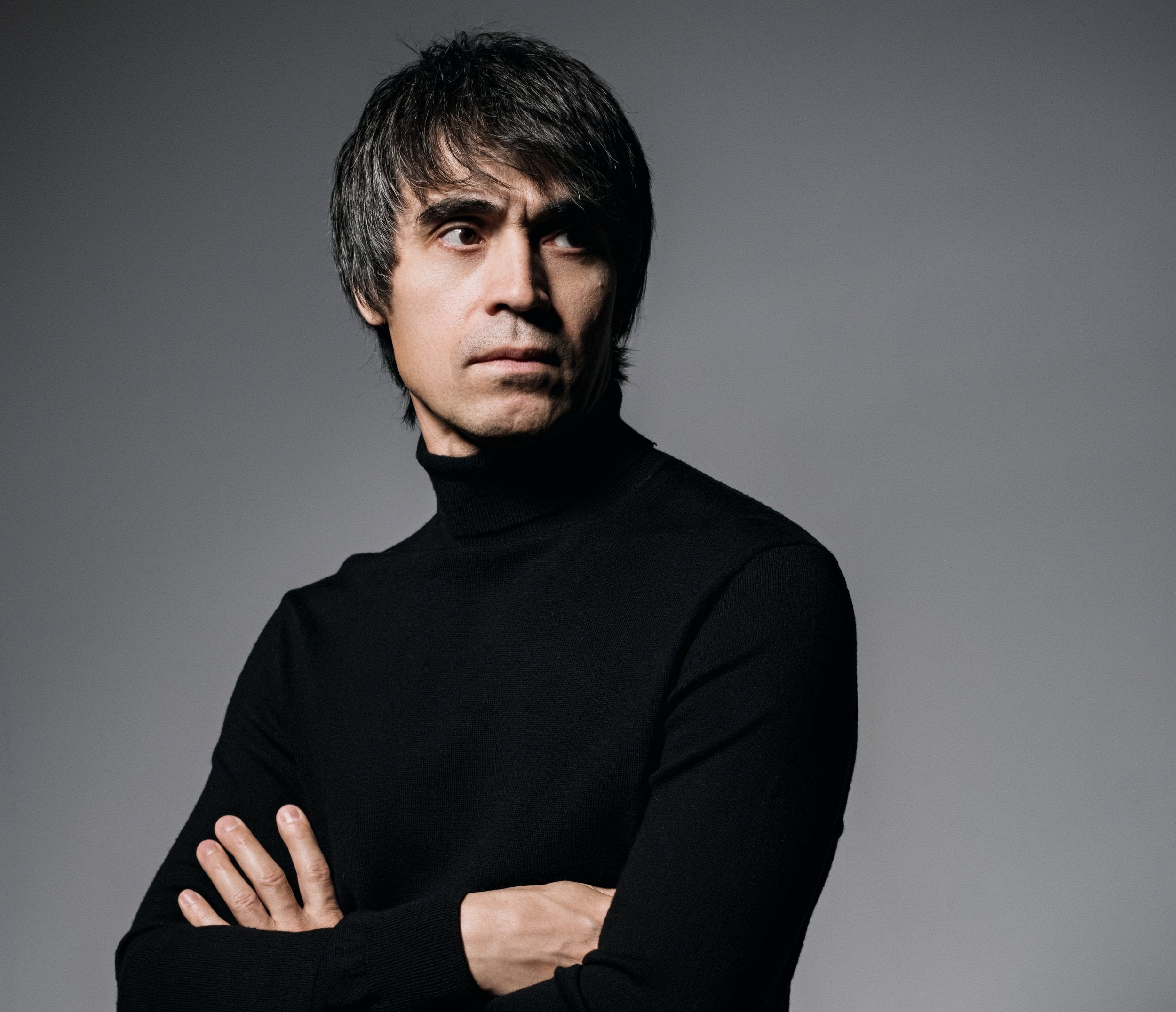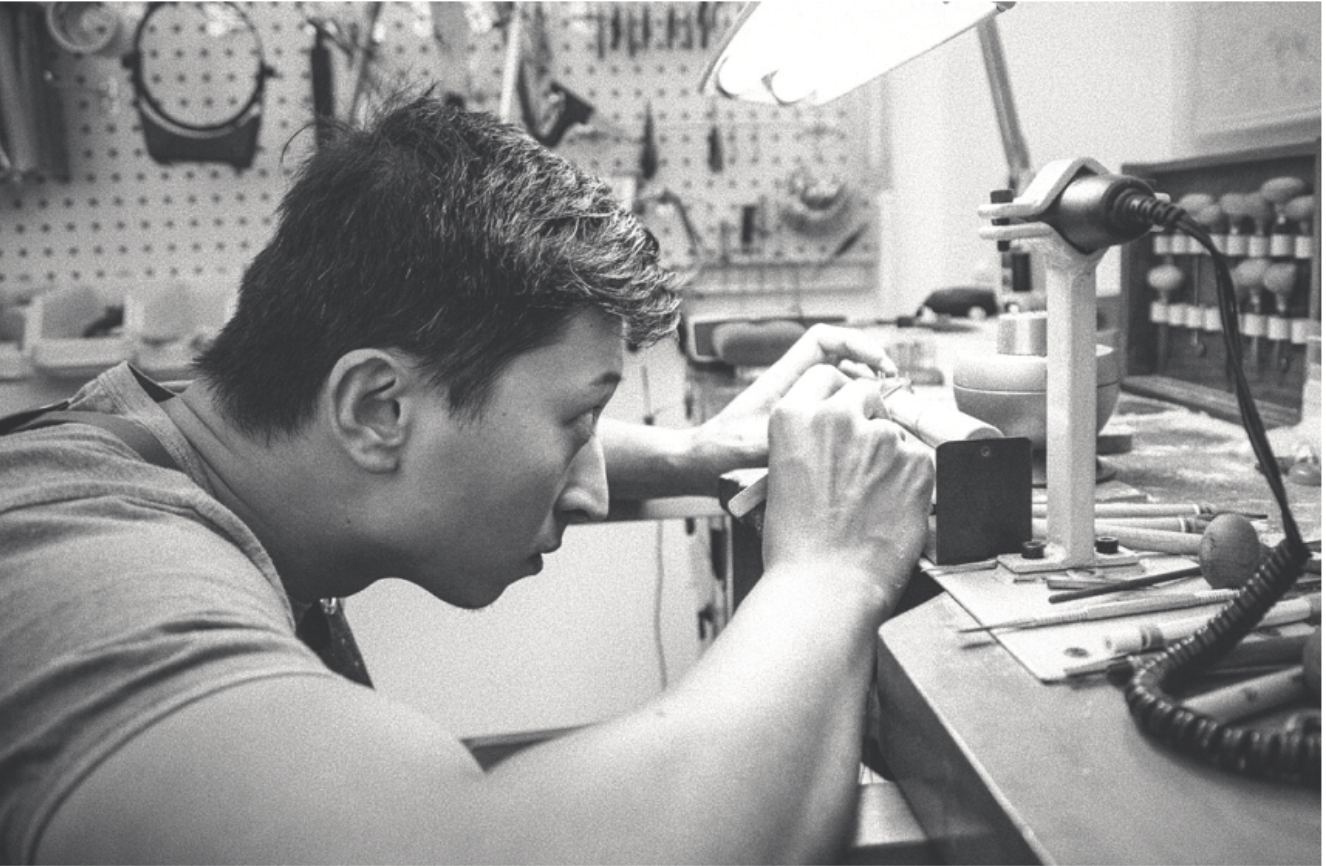05.12.24
09.12.24
12:00
18:00
The House on Sathorn
W Hotel Bangkok
The Italian Connection: art created by Italians and inspired by the beauty of the country
Eurus Gallery is proud to present a new exhibition in Bangkok entitled "The Italian Connection: art created by Italians and inspired by the beauty of the country".
As part of this exhibition, we will be showing for the first time the works of two new artists-in-residence in our gallery. These are Alessio Boschi and Saverio Lucci.
Alessio Boschi is the most prominent living Italian independent jewellery artist. For over 30 years he has been creating incredible works of jewellery art. Baroque, colourful, very technically complex. And carrying stories comparable to the plots of the most exciting books or movies.
In fact, one could write a novel about each of his jewellery pieces. And this is not an exaggeration. Thus, while telling the story of the Marco Polo ring, which will be on display at our exhibition, at the exposition in Italy dedicated to the legendary traveller, Alessio captivated the audience for two hours, explaining every detail of this piece of jewellery related to the biography of Marco Polo.
One of the title jewellery pieces of the exhibition, depicted on the posters announcing it, are the earrings with tremblant figures of harlequin and pulcinella made with hot enamel. Each of this artpiece details is linked to Italy. Harlequin is one of the main masks of the Venetian Commedia dell'Arte, and therefore on the earring, in the upper part of which we see his image, at the bottom there is a cup of espresso, as it is usually served in Venice. Pulcinella is the hero of a Neapolitan comedy and on the pendant to this earring is attached a glass of espresso carved from rock crystal, which is how espresso is served in Naples. On the clasp we see masks. They're Pulcinella masks. And on the chain pendants there are red elements that resemble chilli peppers. These are cornetto - horns, which in Italy are considered a symbol that protects from all evil.
Saverio Lucci is an Italian designer and artist whose work is characterised by mysticism and a relentless search for beauty, as well as the use of rare techniques and work with unusual materials such as gold, silver or oil, i.e. bitumen. Saverio uses gold and silver in the ancient technique of encausto (a painting technique in which the binding agent of the colours is wax. Painting is done with colours in molten form (hence the name). A variety of encaustic is wax tempera, characterised by the brightness and richness of the colours. Many early Christian icons were painted in this technique).
Antique in his many works are also frames. Lucci buys them in antique Italian shops. And creates a very interesting play of contemporary with old.
We present not only art pieces created by Italians but also those inspired by the beauty and rich heritage of this amazing country.
Eurus Gallery also shows works by artists who are influenced a lot by Italy. One of them is the Chinese artist Richard Wu. He lived in Italy for several years, working his way up from apprentice to leading jeweller at Buccellati. This had a great influence on the technique in which Wu creates his artpieces. As part of the exhibition, for example, we show the fantastic art of engraving, which reaches its limits of mastery in the Signature ring.
Another piece from Richard Wu is a ring in the form of the head of an angry lion clasping a gemstone in its mouth. It is based on the history of lion imagery in ancient Italy and China. Walking through the streets of Florence, Wu wondered why ancient depictions of Italian lions, whether in mosaics, sculptures or bas-reliefs, resemble human faces. They have mendelike eyes and long noses. Meanwhile, in his native China, lions look like dogs. That's because artists of the past often didn't see a live lion and imagined what it might be like. Wu creates a lion with a centre part that is hyper-realistic and then goes further into abstraction.
The exhibition also shows the influence of other countries on Italy. For example, the already mentioned Marco Polo ring by Alessio Boschi is exhibited alongside works by Hong Kong artist Dickson Yewn. Yewn’s works focus on the culture, traditions and history of China. And how China has influenced Italy can be seen in the storyline of the Marco Polo ring, which includes such unexpected miniatures as pasta, aka Chinese noodles.
In the part about the influence of other countries on Italian art and the works of the jewellery brand Rubeus Milano, whose creativity and creative concept would not have been possible without the founders of the brand Epic Jewellery, Anna Minakova and Zakhar Borisenko. Epic's works are exhibited in the same hall.
Travelling, in principle, including trips to Italy, inspires the most famous enamel artist of our time, Elgiz Fazulzyanov. And Alexander Laut took from Italy the ability to combine colours incredibly, just on the edge. One more step in the direction of adding one shade and it would be kitsch and would not work, but Alexander knows how not only to add contrasts, but also to stop in time.
As part of this exhibition, we will be showing for the first time the works of two new artists-in-residence in our gallery. These are Alessio Boschi and Saverio Lucci.
Alessio Boschi is the most prominent living Italian independent jewellery artist. For over 30 years he has been creating incredible works of jewellery art. Baroque, colourful, very technically complex. And carrying stories comparable to the plots of the most exciting books or movies.
In fact, one could write a novel about each of his jewellery pieces. And this is not an exaggeration. Thus, while telling the story of the Marco Polo ring, which will be on display at our exhibition, at the exposition in Italy dedicated to the legendary traveller, Alessio captivated the audience for two hours, explaining every detail of this piece of jewellery related to the biography of Marco Polo.
One of the title jewellery pieces of the exhibition, depicted on the posters announcing it, are the earrings with tremblant figures of harlequin and pulcinella made with hot enamel. Each of this artpiece details is linked to Italy. Harlequin is one of the main masks of the Venetian Commedia dell'Arte, and therefore on the earring, in the upper part of which we see his image, at the bottom there is a cup of espresso, as it is usually served in Venice. Pulcinella is the hero of a Neapolitan comedy and on the pendant to this earring is attached a glass of espresso carved from rock crystal, which is how espresso is served in Naples. On the clasp we see masks. They're Pulcinella masks. And on the chain pendants there are red elements that resemble chilli peppers. These are cornetto - horns, which in Italy are considered a symbol that protects from all evil.
Saverio Lucci is an Italian designer and artist whose work is characterised by mysticism and a relentless search for beauty, as well as the use of rare techniques and work with unusual materials such as gold, silver or oil, i.e. bitumen. Saverio uses gold and silver in the ancient technique of encausto (a painting technique in which the binding agent of the colours is wax. Painting is done with colours in molten form (hence the name). A variety of encaustic is wax tempera, characterised by the brightness and richness of the colours. Many early Christian icons were painted in this technique).
Antique in his many works are also frames. Lucci buys them in antique Italian shops. And creates a very interesting play of contemporary with old.
We present not only art pieces created by Italians but also those inspired by the beauty and rich heritage of this amazing country.
Eurus Gallery also shows works by artists who are influenced a lot by Italy. One of them is the Chinese artist Richard Wu. He lived in Italy for several years, working his way up from apprentice to leading jeweller at Buccellati. This had a great influence on the technique in which Wu creates his artpieces. As part of the exhibition, for example, we show the fantastic art of engraving, which reaches its limits of mastery in the Signature ring.
Another piece from Richard Wu is a ring in the form of the head of an angry lion clasping a gemstone in its mouth. It is based on the history of lion imagery in ancient Italy and China. Walking through the streets of Florence, Wu wondered why ancient depictions of Italian lions, whether in mosaics, sculptures or bas-reliefs, resemble human faces. They have mendelike eyes and long noses. Meanwhile, in his native China, lions look like dogs. That's because artists of the past often didn't see a live lion and imagined what it might be like. Wu creates a lion with a centre part that is hyper-realistic and then goes further into abstraction.
The exhibition also shows the influence of other countries on Italy. For example, the already mentioned Marco Polo ring by Alessio Boschi is exhibited alongside works by Hong Kong artist Dickson Yewn. Yewn’s works focus on the culture, traditions and history of China. And how China has influenced Italy can be seen in the storyline of the Marco Polo ring, which includes such unexpected miniatures as pasta, aka Chinese noodles.
In the part about the influence of other countries on Italian art and the works of the jewellery brand Rubeus Milano, whose creativity and creative concept would not have been possible without the founders of the brand Epic Jewellery, Anna Minakova and Zakhar Borisenko. Epic's works are exhibited in the same hall.
Travelling, in principle, including trips to Italy, inspires the most famous enamel artist of our time, Elgiz Fazulzyanov. And Alexander Laut took from Italy the ability to combine colours incredibly, just on the edge. One more step in the direction of adding one shade and it would be kitsch and would not work, but Alexander knows how not only to add contrasts, but also to stop in time.

